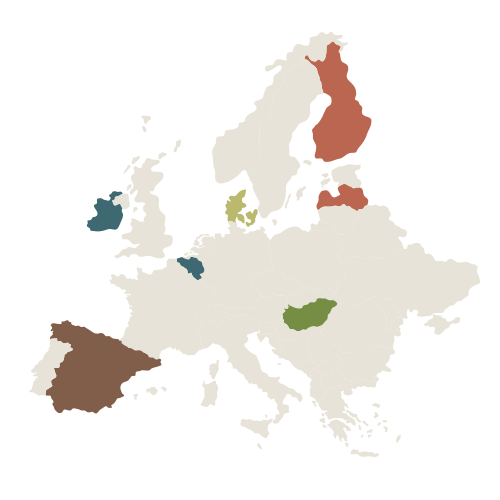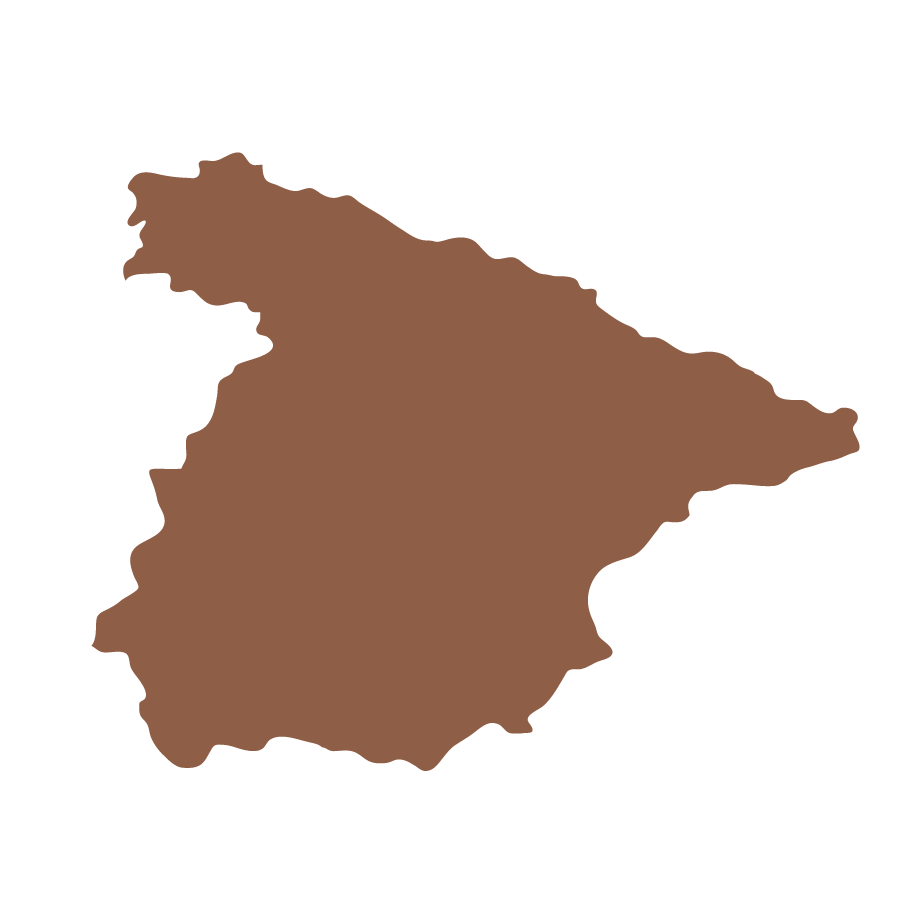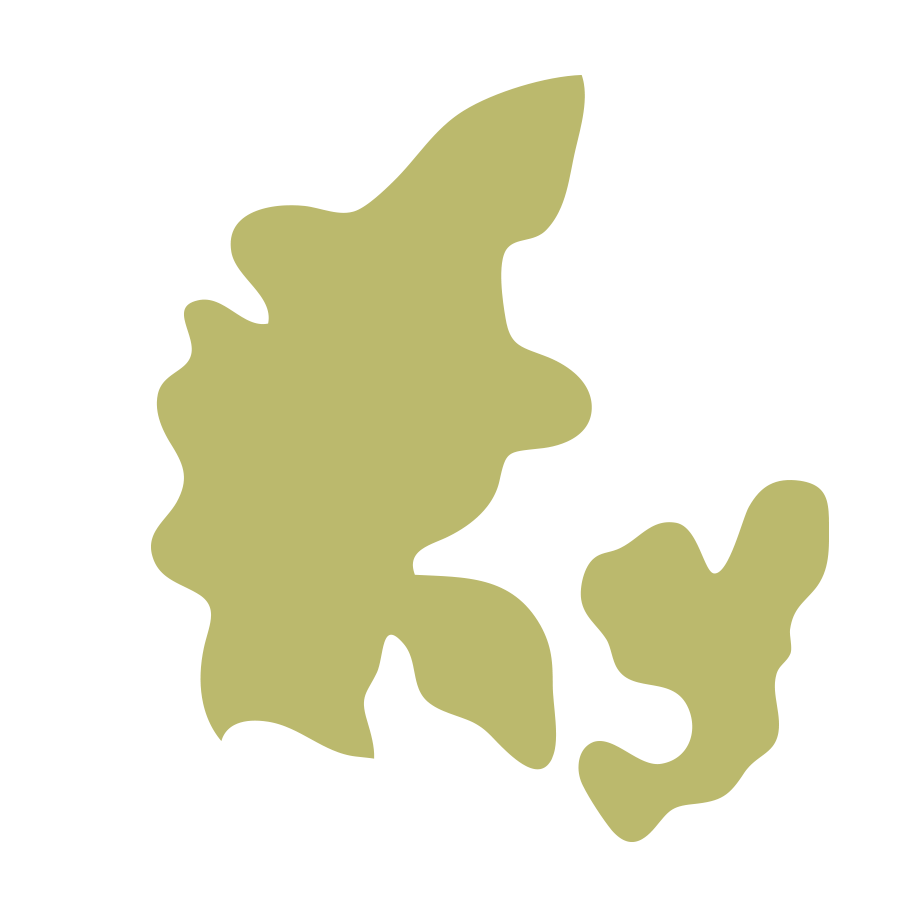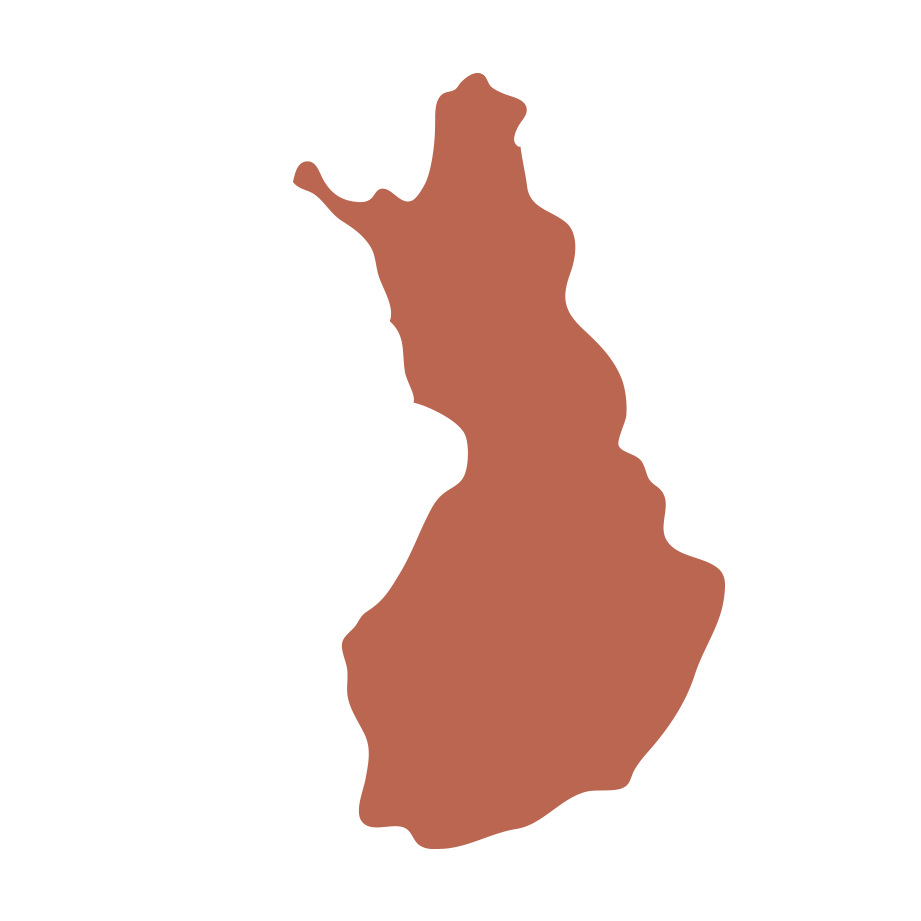One of the most prominent studies within SOILGUARD will focus on increasing our understanding of the effect of combined climate stressors (drought and heat waves) on soil biodiversity. In each EU NUTS-2 region under study by SOILGUARD, an on-field Climate Simulation will be installed. This experimental design will allow us to assess the impact of future region-specific climate conditions on soil biodiversity, multifunctionality and compare how these impacts differ between soil management types (unsustainable vs sustainable). This data will be combined with machine learning tools to increase the predictive power of soil management impacts on soil biodiversity and ecosystem service delivery under future climatic conditions. This will be crucial to demonstrate the potential of soil biodiversity as a nature-based solution.


Within sites defined according to the LUCAS soil information repository, the UMH SOILGUARD’s Team assessed different agricultural lands inside the NUTS-2 Region of Murcia, Spain. Short interviews with landowners and farmers and field soil surveys were done. Soils from 20 cereal plots with two types of agricultural management were evaluated, 10 with conventional management (e.g., inorganic fertilisation, tillage) and ten adjacent plots managed with organic management (no-tillage, application of organic fertiliser, among others). The samples were sent to different SOILGUARD partners across Europe to analyse soil properties such as microarthropod content, microbial diversity, organic matter content, microbial biomass carbon, basal edaphic respiration and some enzymatic activities, also available phosphorus, rhizosphere-related properties as well as soil structure-related properties such as bulk density and aggregate stability.
During the crop season 2022 (May – July), simulations of climate change scenarios, such as forcing drought situations, were conducted in two plots selected from the 20 locations mentioned above. The main difference was crop management (one organic, the other conventional, given the use of agrochemicals in the last ten years). The simulation was carried out by installing small greenhouse shelters designed to exclude rain, but not the wind, and thus keep the same temperature inside as outside. We simulated a drought with 80% less rainfall for three months. However, we had to irrigate 18 l/m² outside the shelters due to an abnormally hotter and drier summer than the climate change model used (RCP 4.5). Early results indicate that more time is needed in sustainable management to make soils resilient enough to cope with the effects of climate change that are already occurring in this region.

On two adjacent and similar (one organic, the other conventional) long-term field experiments comparing different kinds of soil tillage. The 2022 SOILGUARD climate simulations focused on the simulation of an agronomical drought, expected to occur more frequently due to climate change. On the organic field, simulations were performed on a field with good soil structure and managed using non-inversing soil tillage. The conventional field had a plough pan and was ploughed.
The simulation was done by installing special rain-out shelters (open at the top, inducing drought but preventing the accumulation of heat) in a potato crop during a 3-month period (May-August 2022). Precipitation under the shelters (using a rainfall simulator commonly used in erosion research) was reduced to about half of the precipitation on the non-sheltered fields. Under the shelters, a total amount of about 35 l/m² was precipitated. In the open air, the precipitation during the simulation period was about twice this amount. In both cases, the crop suffered from water shortage, which was reflected in the yield. In these dry conditions, crop yield on the organic field was significantly higher compared to the conventional field.

In the Middle Jutland NUTS-2 region with a continental climate, drought and heatwave simulations are performed in 2 fields, conventional and organic.
Drought
In 2022, the crop was spring barley in both fields. To create a three month drought period, three shelters (3 x5 meters) were placed in each field. The shelters were removed twice during this period, allowing the plots to receive a sum of the app. 46 and 39 mm of rain in the conventional and organic fields, respectively. After the drought, the soil was sampled from 6 plots, 50 x 50 cm. 1 plot in each shelter and three plots outside under natural conditions.
Soil samples were shipped to different SOILGUARD partner institutions for physical, chemical and biological analysis. The drought experiment will be repeated in 2023.
Heatwave
During 2022, 5 heat wave pilot tests were performed in Denmark, using infrared and carbon filament heaters mounted in the shelters. The temperature was measured in the soil, at ground level and in the air underneath the heaters as well as at the opposite end of the shelters and outside.
Based on these pilot experiments, decisions have been made to set up heatwave simulations in Latvia, Ireland, Belgium, Hungary and Denmark in 2023. In each shelter, six infrared heaters will be mounted, and a 5-day heatwave will be simulated at the end of the 3-month drought period.

In Latvia (NUTS – 2 Boreal region), trials were arranged in organic and conventional fields. Winter wheat was grown in both systems. Plants were grown in the open field and under shelters in each cultivation system. Under the shelters, the plants are watered based on the scenario developed by NOA.
Soil samples were taken during the wheat flowering stage, at the harvest and the month after harvest and shipped to different SOILGUARD partner institutions for physical, chemical and biological analysis. The drought and heat wave experiments will be continued in 2023.

In Hungary, the first experimental year was completed. In experiment 3-3 plots, both organic and conventional cropping systems were covered by rainout shelters to exclude rainwater to simulate drought conditions. Under the shelters, only the predicted amount of water was distributed by irrigation in accordance with the climate change scenario calculated by NOA for this particular region. As a control, 3-3 organic and conventional plots were also allocated for sampling near the sheltered areas.
In the second year of the experiment, drought simulation is complemented by infrared heaters under the shelters to simulate heat waves too. Each plot was sampled, and analysis of soil samples and evaluation of data have been being in progress.

The experimental site in Central Finland consists of 50 m * 50 m in area study plots and stands side by side with skid trails in between. The treatments comprise comparisons between single-tree selection, thinning from below, and recent clearcutting in Norway spruce-dominated stands. The original design was initiated in 1986 (Laiho et al. 2011, Forestry 84: 547-556); thus, the dominant trees’ age in the uneven-aged Continuous Cover Forestry treatment is ca. 40 yrs (CCF40). This “sustainable” treatment is compared to various stages of “conventional” even-aged forestry; Thinned from below (40 yrs, T40), Shelter-wood felling (12 yrs ago, TSW12) and Clear-cutting (12 yrs ago, T12). Drought simulations are performed in three replicate field plots per treatment and compared to the nearby control areas.

In Ireland, the on-field climate simulation was established in a grazed grassland trial in Teagasc Research Centre, Johnstown Castle, Co. Wexford. The simulation was run in the Southern NUTS-2 region of Ireland, which has a temperate oceanic climate with historically abundant rainfall and a lack of temperature extremes. However, in recent years, this region has experienced several drought events that have significantly impacted agricultural productivity.
To understand how soil biodiversity and function responded to simulated drought and heatwaves in Irish agricultural grasslands, soil samples were collected from grazed paddocks of either grass-clover swards or multi-species grassland swards. The multi-species comprised a mixture of L. perenne, P.pratense, T. repens, T. pratense, C. intybus and P. lanceolata that produce high yields with lower fertiliser inputs and are associated with lower environmental nutrient losses.
We established a rainfed control plot and a drought/heatwave-treated plot within each paddock. We repeated sampling before, during and after the drought/heatwave simulation to measure and track how soil communities responded to the climatic stress. The simulation experiment is still in progress in Ireland, and we will implement the heatwave stress the summer of 2023.

